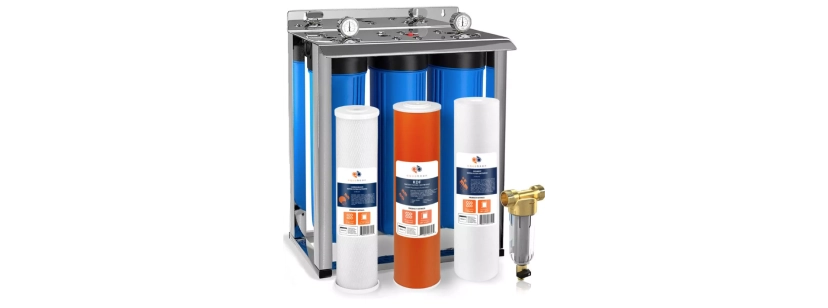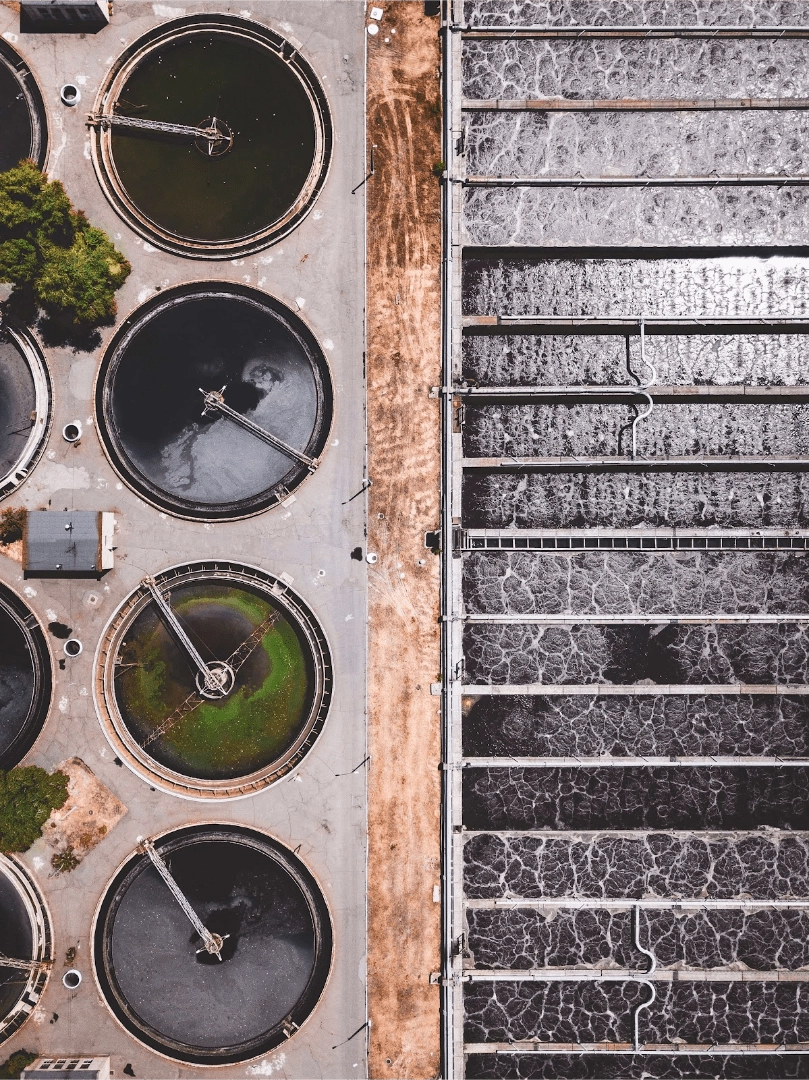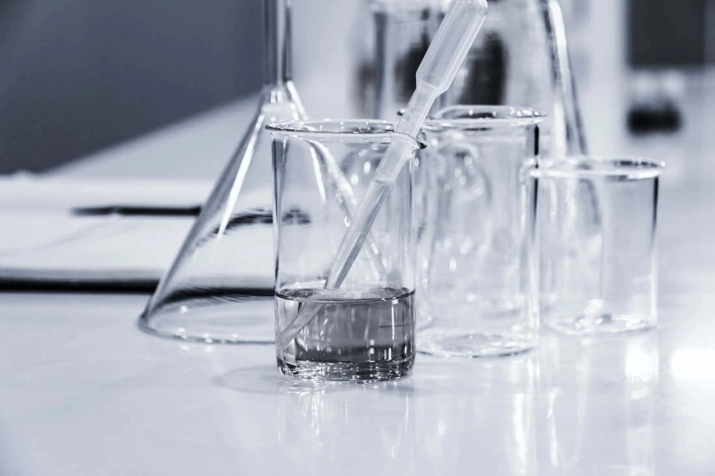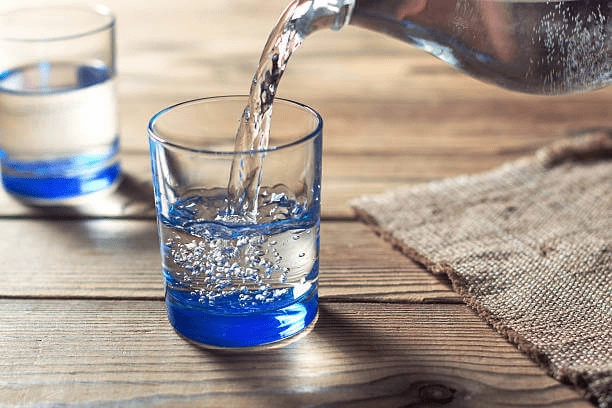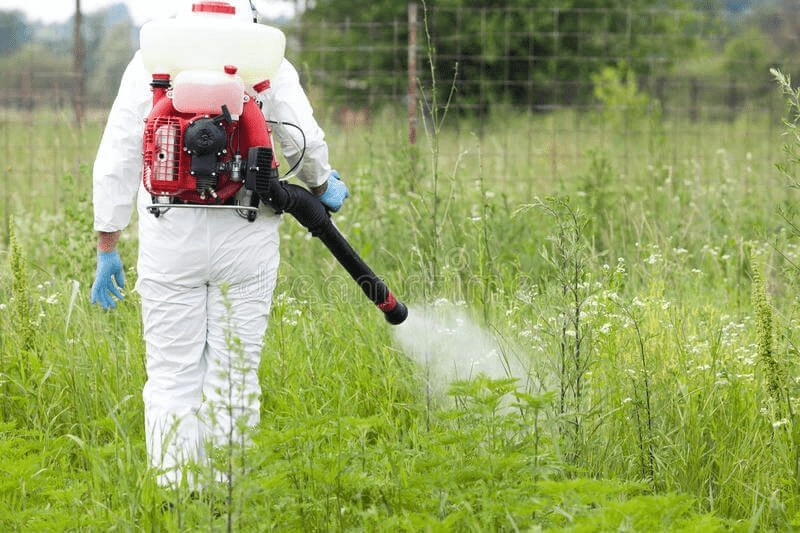Chloramine is a compound obtained when chlorine and ammonia react. It is widely used for water treatment, and approximately one in every five Americans has access to water that’s undergone chloramine treatment. Chloramine has many attributes that qualify it as a perfect water purifier. However, although it is not harmful to ingest, it still has downsides that necessitate further water treatment.
Removing Chloramines from Tap Water
Where do Chloramines come from?
Due to their high stability, these compounds have long-lasting disinfecting properties. Although they are weaker disinfectants compared to chlorine, they can stay longer without losing potency, continuing to clean long after all the chlorine has been broken down. This compound is also less likely to produce ‘disinfection by-products’ (DBPs) when used, while DBP production is one of the known adverse effects of chlorine use.
Why Should I Remove Chloramines from Drinking Water?
Unfortunately, the chloramines water treatment plants are not 100% reliable. That is why you need further purification. When exposed to excess chloramine, here are the effects on humans and the environment:
- Skin irritation
- Eyes and nose irritation
- Corrosion
- Breaks down rubber
- Bad taste and odor
- Plant and aquatic toxicity
- Very detrimental to patients undergoing hemodialysis
Best Filters for Chloramine Removal
These are the three types of water filters that can remove chloramine from water:
- Reverse Osmosis (RO) System: This is the best choice for effective water filter chloramine removal. The system's processes are a slow but sure method of filtration, producing incredibly pure liquid for cooking and drinking.
- Whole House Systems: Though not as efficient as RO, these systems are excellent for cleaning drinking water and provide a comprehensive solution for household water treatment.
- GAC Filters (Granular Activated Carbon): These filters, containing activated carbon, are a great option for whole-house filtration, effectively removing chloramines and other contaminants.
Chlorine Water Filtration for Home
CThe United States Environmental Agency (EPA) has set contaminant levels for chemicals that can be used as disinfectants in water treatment. Yet in 2021 alone, over 1.4% of people reported violations related to these contaminant levels, including common disinfectant chemicals such as chlorine (Cl).
Prolonged exposure to these disinfection chemicals can cause detrimental effects on your health, environment, and appliances, and it's important to protect your household against such chemicals in excess.
How Do You Treat Cl in Water at Home?
- Use Water Filtration Systems to Remove Chlorine: Reverse osmosis is used to achieve this.
- Try Chemical Balancing: Neutralize the Cl element with potassium or sodium metabisulfites.
- Use Medium-Pressure Ultraviolet Rays: Achieve chlorine reduction or removal through photolysis.
- Try Evaporation: Boil your liquid for 15 minutes to eliminate this chemical element or leave it out for at least 24 hours.
Is Chlorine Harmful?
It is a potent disinfecting agent, but it's harmful when ingested in large doses over time. The effect might not show immediately, but over time, it can lead to health issues. Large doses of Cl element in your liquid can also damage appliances and clothes in the long run.
Where to Buy the Best Chloramine Remover?
Getting a mechanism that helps with the filtration of this substance is necessary for every home. You can buy the most reliable removers from online retailers, or place an order at Filterway.
Whether it's chloramine or chlorine, water treatment is essential for ensuring safe and clean drinking water. Understanding the methods to remove these chemicals and investing in the right filtration systems can protect your health and enhance the quality of your water.


